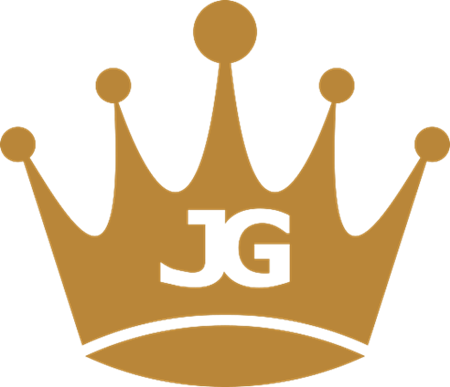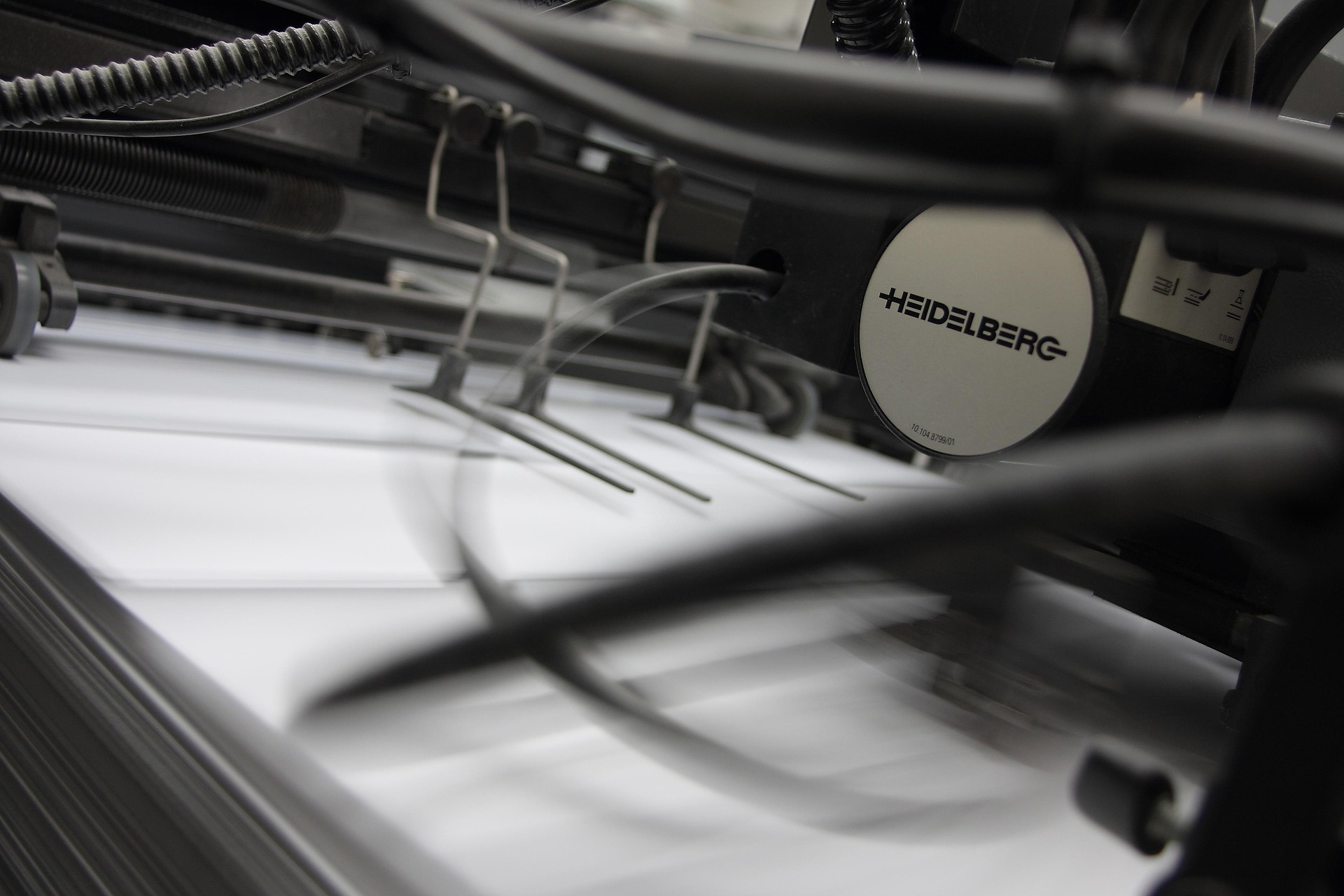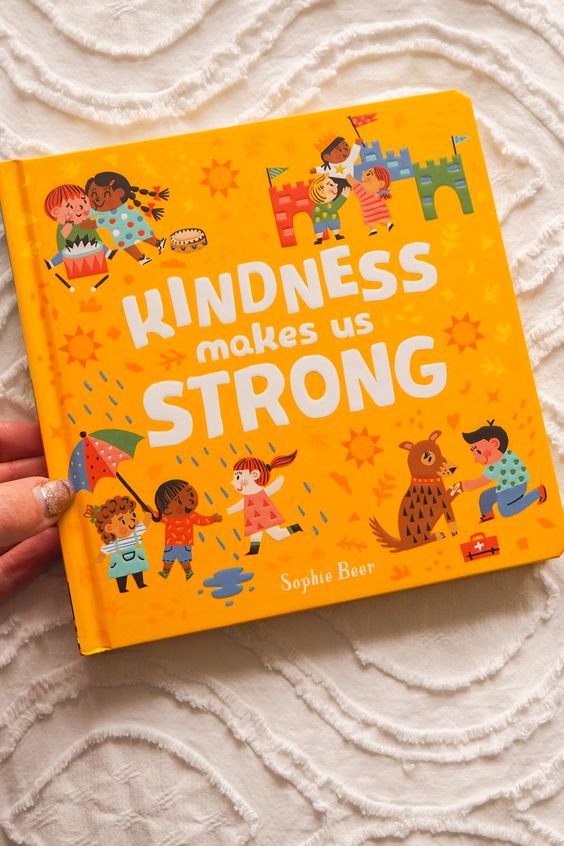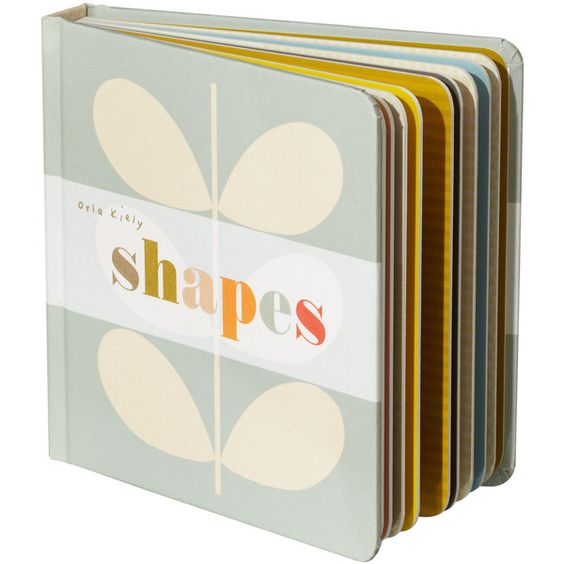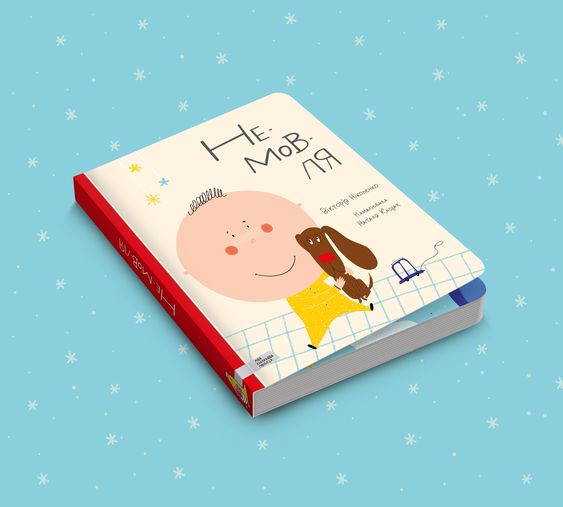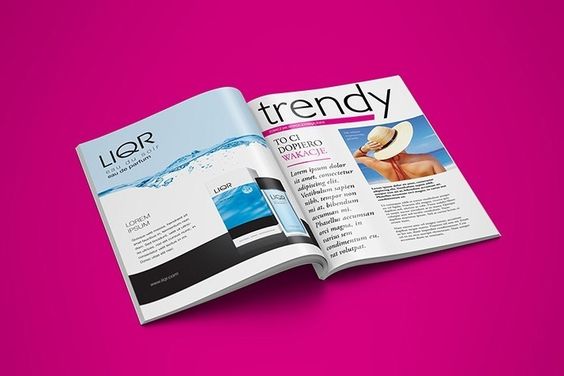Printing a hardcover book involves numerous factors that directly influence the overall printing cost. Whether you are a self-publisher, an author, a business owner, or a printing company like Jinguan handling orders for notebooks, game cards, or gift packaging boxes, understanding these cost factors is essential for budgeting and achieving a high-quality final product.
From selecting the right materials, binding styles, paper quality, to choosing between different printing methods — all these elements affect your hardcover book printing price. This article offers a comprehensive guide on what influences the cost of hardcover book printing and how you can make informed choices to optimize both quality and budget.
1. How Print Quantity Affects Hardcover Book Printing Costs
One of the biggest determinants of printing cost is the print run quantity. Typically, the cost per unit decreases as the number of books printed increases due to economies of scale.
- Small print runs (e.g., under 100 copies) often use print-on-demand (POD) services. POD is flexible and great for self-publishers or limited editions, but usually has a higher cost per book because of fixed setup fees and the individualized printing process.
- Large print runs (300 copies or more) benefit from offset printing, which spreads setup costs across more copies, significantly reducing the unit price. Offset is ideal for mass production like notebooks, game card packaging, or corporate gift boxes.
Printers often charge a setup fee or plate charge, which is a fixed expense regardless of quantity, so spreading this over many copies lowers your overall cost per book.
2. Binding Types: Case Binding, Sewn Binding, and Custom Options
The binding method plays a crucial role in both cost and durability of hardcover books.
- Case binding is the most common and economical binding for hardcover books, involving gluing the book block to a hard cover. Suitable for novels, textbooks, and general notebooks.
- Sewn binding involves stitching pages before binding, offering superior durability but at a higher price. Often used in collector's editions or premium coffee table books.
- Custom bindings such as cloth-bound, leather-bound, or special fabric covers increase cost due to materials and labor but provide a luxurious finish.
For gift packaging boxes or custom game card holders, similar binding or finishing choices can also affect pricing.
3. Paper Quality, Weight, and Page Count: Influencing Printing Expenses
The type of paper and number of pages are major cost drivers.
- Standard paper is affordable and suitable for most books and notebooks.
- Glossy or heavy-weight paper is required for photo books, art books, or any publication featuring detailed illustrations, pushing up the cost.
- The page count impacts ink consumption and production time — the more pages, the higher the cost.
If you're printing catalogs, gift packaging inserts, or premium notebooks, paper choice becomes critical in controlling expenses.
4. Color Printing vs. Black-and-White: Cost Implications
Printing in full color generally costs 2 to 3 times more than black-and-white printing because of ink costs and more complex printing processes.
- Text-heavy books (e.g., novels, academic texts) are often printed in black and white or grayscale to save cost.
- Books or products requiring vivid imagery, such as game cards, promotional notebooks, or gift packaging, benefit from color printing but with a higher price.
Consider your project needs carefully to balance cost and visual impact.
5. Cover Design and Special Finishes: Enhancing Appeal and Cost
The cover design and any custom finishing options influence cost and marketability.
- Professional cover design costs range widely depending on designer reputation and complexity — from a few hundred to several thousand dollars.
- Special finishes like embossing, debossing, foil stamping, spot UV coating, or dust jackets add visual appeal but increase manufacturing steps and price.
- For premium products like collectible books or gift packaging, these customizations can add significant value but should be budgeted accordingly.
6. Print-on-Demand (POD) vs. Offset Printing: Choosing the Right Method
Understanding the differences between POD and offset printing is key for cost control.
- POD is excellent for small quantities, prototyping, or customized notebooks and game cards, offering zero inventory risk but higher per-unit prices.
- Offset printing is more cost-efficient for large volumes and provides consistent quality for hardcover books, notebooks, and gift packaging.
For Jinguan clients, recommending the right printing method based on order size can optimize both cost and delivery times.
7. Additional Costs to Factor In
Besides printing, consider:
- ISBN purchase fees if selling commercially.
- Shipping and handling costs, which vary by printer location and destination.
- Design and artwork preparation fees.
- Proofing and sample copies for quality assurance.
Conclusion: Optimizing Your Hardcover Book Printing Budget
The cost of hardcover book printing varies widely based on your print quantity, binding type, paper choice, color options, and special finishes. By understanding these factors, whether you're printing notebooks, game cards, or gift packaging boxes, you can make informed decisions to meet both quality and budget goals.
For smaller runs, print-on-demand offers flexibility despite higher unit costs, while offset printing suits larger volumes with cost advantages.
At Jinguan, we specialize in high-quality printing services tailored for a variety of products, including custom notebooks, game cards, gift packaging boxes, and more. Contact us to get personalized quotes and expert advice on your printing projects.
Frequently Asked Questions (FAQs)
Q1: What is the average cost to print a hardcover book?
A: It varies from about $7 to $30 per copy, depending on quantity, binding, paper, and finishes.
Q2: Can I print just one hardcover book?
A: Yes, via print-on-demand services, but the per-unit cost is higher.
Q3: Is hardcover printing worth the extra cost?
A: Yes, for durability, professional presentation, and premium appeal.
Q4: How do I decide between print-on-demand and offset printing?
A: For orders under 100, POD is often better. For 300+ copies, offset printing is usually cheaper per unit.
